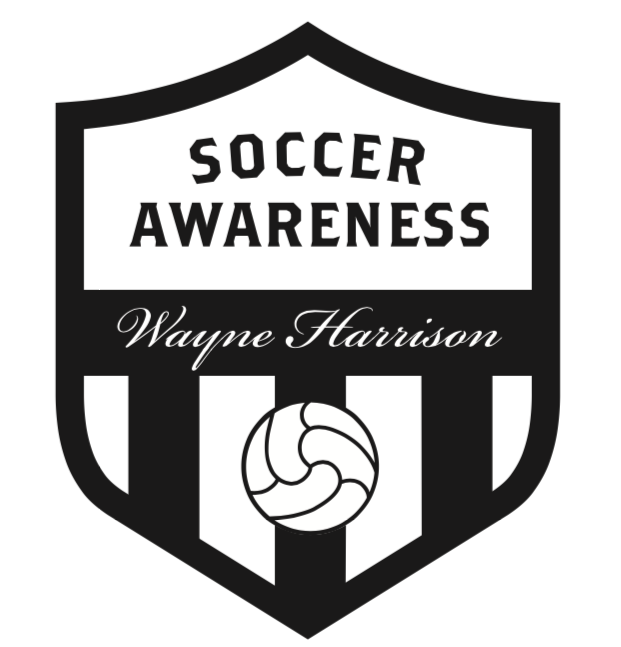Small Sided 4 v 4 Defending Games
/The following drill is part of Soccer Awareness eBook: Tactical Thoughts on the Development of the New 4 v 4, 7 v 7 and 9 v 9 Game Sizes.
This 407 page eBook shows how these different size games can be taught and also shows different systems of play that might be useful to you.
Run with them as you may and of course come up with your own solutions too as that is what coaching is all about. I have introduced the use of RONDOS to initially aid the development of players for the game situation. Click Here to Preview The Book
The USSF now have made it mandatory for 4 v 4 games to be played at the younger ages. This is a GREAT MOVE and long overdue.
This is what US Youth Soccer states:
Here are some of the reasons why we believe, as soccer coaches, administrators and parents must guarantee that our young soccer players play small-sided games:
Because we want our young soccer players to touch the soccer ball more often and become more skillful with it! (Individual technical development)
Because we want our young soccer players to make more, less-complicated decisions during the game! (Tactical development)
Because we want our young soccer players to be more physically efficient in the field space they are playing in! (Reduced field size)
Because we want our young soccer players to have more individual teaching time with the coach! Fewer players on the field and fewer players on the team will guarantee this! (Need to feel worthy and need to feel important)
Because we want our young soccer players to have more, involved playing time in the game! (More opportunity to solve problems that only the game presents)
Because we want our young soccer players to have more opportunity to play on both sides of the ball! (More exposure to attacking and defending situations)
Because we want our young soccer players to have more opportunities to score goals! (Pure excitement)
Because we want to include children of all temperaments, assertive to shy, to have more opportunities to interact with others and the game! (Socialization)
These are the reasons why we adults must foster "Small-Sided Games" in our youth soccer programs. The "Small-Sided" environment is a developmentally appropriate environment for our young soccer players. It’s a FUN environment that focuses on the young soccer player.
All makes total common sense.
One way to teach the basic tactical game of the 4 v 4 is to offer many different ideas on actual game situation that focus on certain themes. This is what the following presentations do.
You cannot do better than put players into game situations to learn the game, we just take it one stage further by what we present here.
We begin by teaching defending principles in a 4 v 4 game situation so several thoughts on different set ups to teach it individually and collectively as team players.
4 v 4 a Basic Diamond Shape for Defending
The main idea here is for the defending team to condense the area the ball can be played into the defending team become a diamond within the opponents attacking diamond. (4) Forces (A) one way and the rest of the team adjust their positions off this. (3) Protects the space inside but can close down (C) if the ball is passed, (2) and (1) is the same scenario and this results in the diamond being shorter and tighter.
As the opponents move the defending team must move to compensate. Also if any pass is played behind (1), (2) or (3) they should be first to the ball.
Coaching Points:
Pressure – 1 v 1 defending to win the ball, delay or force a bad pass.
Support – position of immediate teammate (angle, distance and communication).
Cover – positions of teammates beyond the supporting player.
Recovering and Tracking should the ball go past our position, recovery run to goal side of the ball and tracking the run of a player.
Double-Teaming – (A) passes to (C), (3) closes (C) down from in front, (4) follows along the path of the ball to close down from behind or slightly to the side. (4) Closes in such a way as to obstruct a bass back to (A).
Regaining Possession and creating Compactness from the back (pushing up as a unit).
The objectives of defending are to disrupt the other teams build up, make play predictable, prevent forward passes and ultimately regain possession of the ball.
Techniques include – pressuring, marking, tackling and winning the ball.
Get more like this including Small Sided 4 v 4 Attacking Games, Patterns of Play at 7 v 7, Team Shape Development in 9 v 9 and lots more in Soccer Awareness eBook: Tactical Thoughts on the Development of the New 4 v 4, 7 v 7 and 9 v 9 Game Sizes.

















